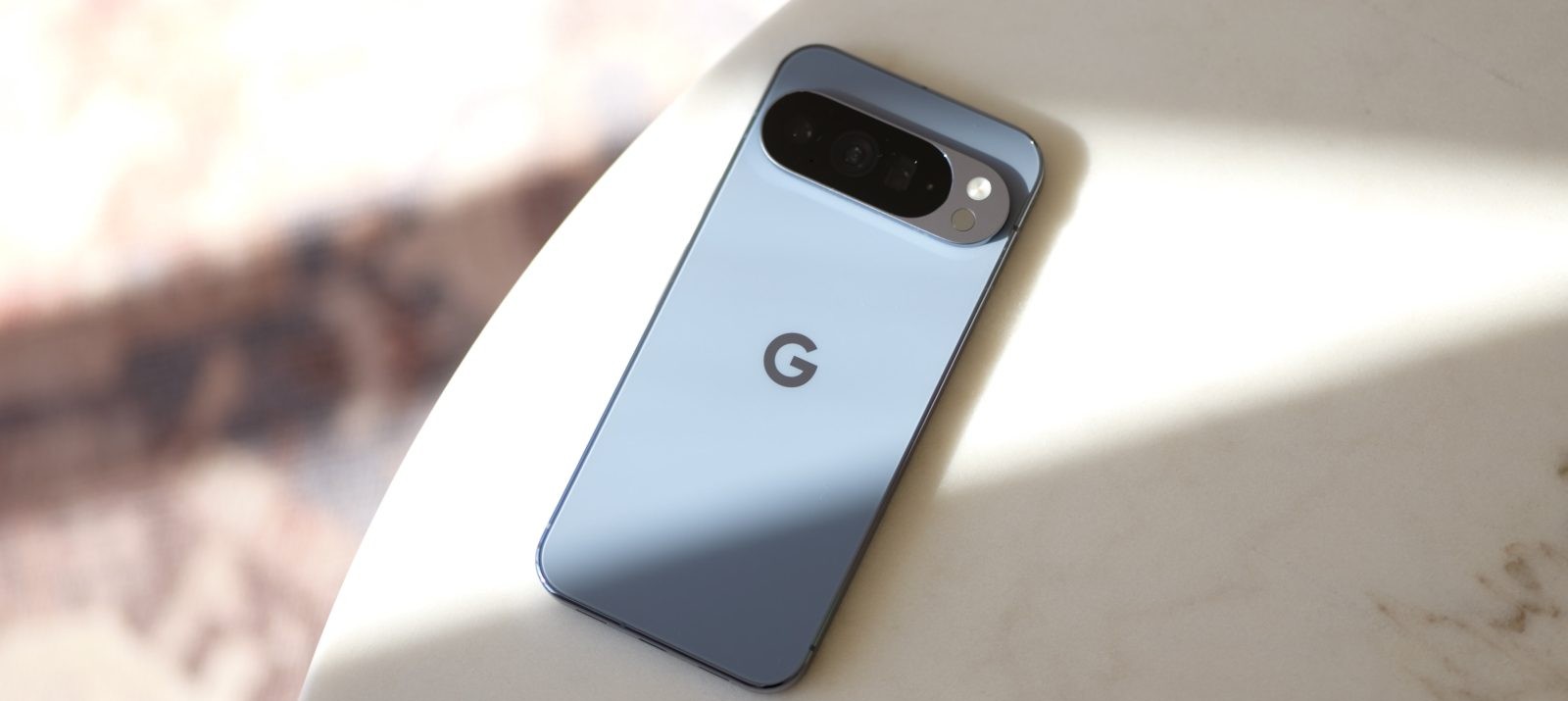In celebration of its 21st anniversary, Gmail is enhancing its security features by introducing a more straightforward method for companies, especially those in regulated industries, to send end-to-end encrypted (E2EE) emails. This initiative aims to enable enterprise users to dispatch E2EE messages to any recipient across various email platforms with minimal effort.
Addressing Previous Challenges
Historically, implementing E2EE in corporate environments has been a complex and resource-intensive process. The traditional approach often involved Secure/Multipurpose Internet Mail Extensions (S/MIME) and other proprietary solutions, which required significant IT resources. IT departments had to procure and manage certificates, deploying them individually to each user. This process not only increased operational costs but also placed a burden on end-users, who needed to ensure both they and their recipients had S/MIME configured. The necessity to exchange certificates before initiating encrypted communications added another layer of complexity.
Introducing Client-Side Encryption (CSE)
To streamline this process, Gmail has introduced Client-Side Encryption (CSE) for organizations subscribed to the Workspace Enterprise Plus tier with the Assured Controls add-on. With CSE, emails are encrypted using keys controlled by the customer, ensuring that these keys are inaccessible to Google’s servers. This approach significantly enhances data privacy and security, as the encryption keys remain under the organization’s control.
User-Friendly Encryption Activation
Once CSE is configured, activating encryption becomes a simple task for end-users. While composing a new email, users can click on a lock icon, which turns the composition window blue, indicating that the email will be sent with end-to-end encryption.
Seamless Decryption for Recipients
For recipients using personal or enterprise Gmail accounts, the encrypted email is automatically decrypted upon arrival, allowing them to read and interact with the message as usual. This seamless integration ensures that the enhanced security measures do not disrupt the user experience.
Access for Non-Gmail Users
Recipients using other email services will receive a link directing them to view the E2EE email in a restricted version of Gmail. By creating a guest Google Workspace account, these users can securely view and reply to the encrypted message. This method ensures that sensitive information remains protected, regardless of the recipient’s email platform.
Beta Access and Future Plans
Organizations can sign up for beta access to start sending E2EE emails to Gmail users within their own organization. In the coming weeks, this capability will expand to include sending encrypted emails to any Gmail inbox. Later this year, Gmail plans to extend this feature to allow encrypted emails to be sent to any email inbox, further broadening the reach of secure communications.
Additional Security Enhancements
In conjunction with the E2EE feature, Google is rolling out several other security enhancements for Gmail. These include classification labels, a default mode for CSE, data loss prevention (DLP) measures, and a new threat protection AI model. These additions aim to provide a comprehensive security framework for enterprise communications.
Conclusion
Gmail’s introduction of simplified end-to-end encryption marks a significant advancement in secure email communications for enterprises. By reducing the complexity associated with traditional encryption methods and providing user-friendly activation, Gmail is making it more accessible for organizations to protect sensitive information. As this feature becomes more widely available, it is poised to set a new standard for email security in the corporate world.



